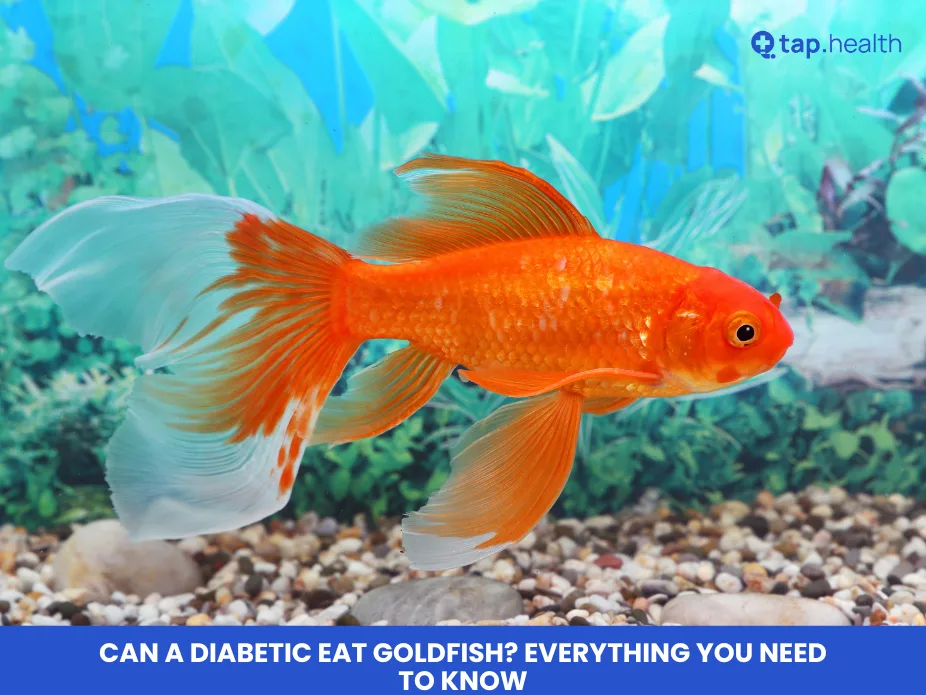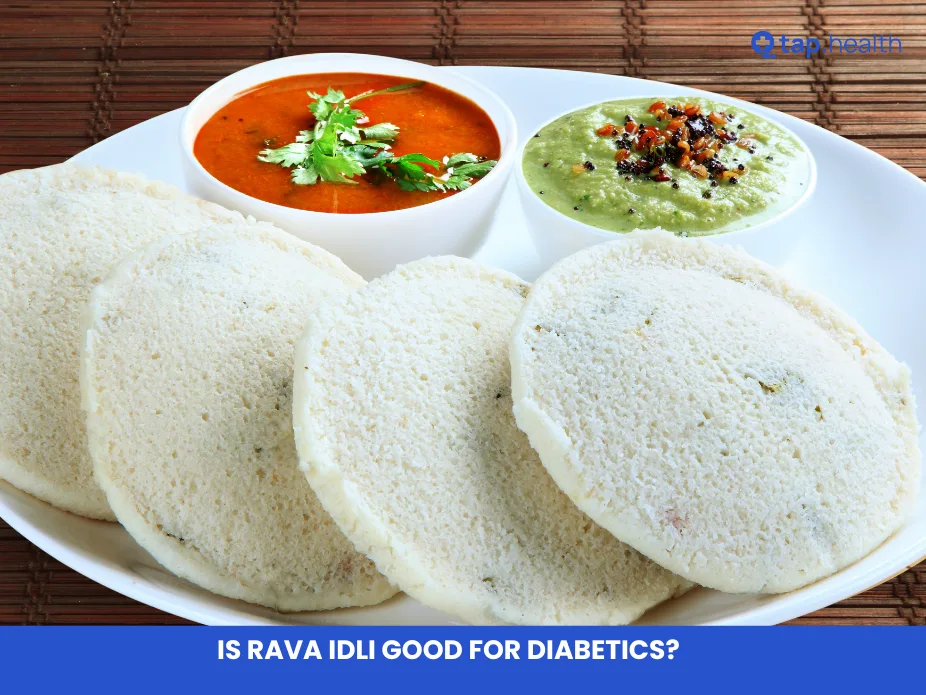When you have diabetes, every food choice you make plays an important role in managing your blood sugar levels. As a diabetic, you might wonder if certain snacks are safe for your health. One common snack that raises the question is Goldfish crackers — those tiny, crunchy fish-shaped snacks loved by kids and adults alike. But the question remains: Can a diabetic eat Goldfish?
In this blog post, we’ll dive into the nutritional profile of Goldfish crackers, explore their impact on blood sugar, and offer expert recommendations for diabetics who are craving a snack. We’ll also provide real-life scenarios, expert insights, and helpful tips on managing your snack choices while keeping your diabetes in check.
What Are Goldfish Crackers?
Goldfish crackers are a popular snack made by Pepperidge Farm. They are small, crispy crackers shaped like fish, often marketed as a fun snack for kids but enjoyed by people of all ages. Available in various flavors like Original, Cheddar, and Pretzel, Goldfish are a quick, convenient snack that is easy to carry around.
However, when it comes to diabetes management, the nutritional profile of Goldfish crackers is important to understand. Let’s break it down.
Nutritional Breakdown of Goldfish Crackers
Here’s the typical nutrition for a serving of Goldfish Cheddar Crackers (about 55 crackers or 30 grams):
- Calories: 140
- Carbohydrates: 19 grams
- Fiber: 1 gram
- Sugars: 1 gram
- Protein: 3 grams
- Fat: 6 grams (1 gram of saturated fat)
Glycemic Index (GI) and Blood Sugar
The Glycemic Index (GI) measures how quickly a food raises blood sugar levels after it’s consumed. Foods with a high GI cause a rapid spike in blood sugar, while foods with a lower GI provide a more steady increase in glucose. Goldfish crackers, like most processed snacks made from refined grains, have a moderate GI.
While Goldfish are not considered to be high-GI foods, they are still carb-rich snacks, and consuming them in large quantities can contribute to an increase in blood sugar levels. So, diabetics need to be mindful of portion sizes.
Can a Diabetic Eat Goldfish?
The short answer is: Yes, diabetics can eat Goldfish, but like any snack, moderation is key. The carbohydrate content in Goldfish crackers can raise blood sugar levels, so it’s important to control portion sizes and balance them with other foods that help regulate glucose levels.
What to Consider When Eating Goldfish as a Diabetic:
- Portion Control: One of the most important things diabetics need to focus on is portion control. Since Goldfish crackers are primarily made of refined flour, they contain carbohydrates that can spike blood sugar levels if eaten in large amounts. A typical serving size of Goldfish crackers is about 30 grams (roughly 55 crackers), and diabetics should stick to this portion to avoid overconsuming carbs.
- Combine with Protein or Healthy Fats: To help keep your blood sugar stable, combine Goldfish crackers with a protein or healthy fat. For instance, try pairing them with a small handful of nuts, a cheese stick, or some hummus. This combination helps slow down the absorption of carbohydrates and keeps your blood sugar from rising too quickly.
- Choose the Right Flavor: While Goldfish Cheddar crackers are the most popular, there are also Goldfish Pretzel and Goldfish Whole Grain options. The whole grain version contains slightly more fiber, which can help with blood sugar control, making it a better choice for diabetics than the regular variety.
- Frequency Matters: Eating Goldfish crackers occasionally as a snack is fine for most diabetics. However, regularly indulging in these snacks—especially in larger portions—can add up quickly in terms of carbohydrates and calories, which may lead to unwanted blood sugar fluctuations.
Read tis blog – Are Raisins Good for Diabetics?
Real-Life Scenarios: How Diabetics Can Enjoy Goldfish
Let’s take a look at some real-life examples of diabetics who incorporate Goldfish crackers into their diet while managing their blood sugar effectively.
Scenario 1: Sarah’s Balanced Snack
Sarah, a 45-year-old woman with Type 2 diabetes, loves snacks but has to be cautious about her choices. One day, she’s craving something crunchy and salty and remembers her stash of Goldfish crackers. Sarah knows that eating an entire bag would lead to a blood sugar spike, so she measures out one serving (about 30 grams). She pairs it with a small serving of almonds for protein. After a couple of hours, she checks her blood sugar, and it’s within a healthy range.
Sarah enjoys her Goldfish crackers without overindulging, knowing that portion control and combining them with protein helps her manage her diabetes.
Scenario 2: John’s Struggle with Portion Control
John, a 60-year-old man with Type 1 diabetes, loves to snack throughout the day, and Goldfish crackers are his go-to snack. However, he often eats more than one serving at a time. He doesn’t realize that the extra carbs from multiple servings cause his blood sugar to spike. After a few weeks of noticing higher blood sugar levels, John decides to make a change. He starts measuring out his snacks, limiting himself to one serving of Goldfish crackers, and pairs them with a piece of cheese or a boiled egg to help control his blood sugar.
By being mindful of his portion size and combining the snack with protein, John can continue enjoying Goldfish without causing significant blood sugar fluctuations.
Expert Contributions: Tips for Diabetics on Snacking
According to the American Diabetes Association (ADA), one of the keys to managing diabetes through diet is balancing carbohydrates with other nutrients, especially protein and healthy fats. For diabetics, snacking can be an important part of maintaining blood sugar levels throughout the day. Here are some expert tips for enjoying snacks like Goldfish crackers while keeping blood sugar in check:
- Measure Your Snacks: Don’t eat directly from the bag. Measuring out a serving can help prevent overeating and keep your carb intake in check.
- Pair Snacks with Protein: Protein slows the digestion and absorption of carbohydrates, which helps prevent rapid blood sugar spikes. Try pairing Goldfish crackers with a handful of nuts or some cottage cheese.
- Monitor Blood Sugar: Keeping track of how certain foods affect your blood sugar levels is important for anyone with diabetes. If you eat Goldfish crackers and notice a significant increase in your blood sugar, it might be a sign that you need to adjust your portion size or choose a different snack.
- Opt for Whole Grains: Whenever possible, choose whole-grain snacks like Goldfish Whole Grain crackers. Whole grains have more fiber, which helps slow down the absorption of sugar into the bloodstream.
Healthier Snack Alternatives for Diabetics
While Goldfish crackers can be a moderate, occasional snack for diabetics, there are other healthier snack alternatives that may be a better fit for blood sugar control. Here are a few options:
- Nuts: Almonds, walnuts, and pistachios are all excellent snack choices for diabetics. They’re low in carbs, high in fiber, and contain healthy fats that help keep blood sugar stable.
- Veggies with Hummus: Vegetables like cucumber, carrots, and celery paired with hummus provide fiber and protein without causing a spike in blood sugar.
- Greek Yogurt: Low-fat or non-fat Greek yogurt is a great option because it’s high in protein and calcium. Look for options without added sugar to avoid blood sugar spikes.
- Cheese and Whole-Grain Crackers: If you’re looking for a crunchy snack, whole-grain crackers paired with cheese are a great option. The fiber in whole grains, combined with the protein in cheese, helps control blood sugar.
- Boiled Eggs: Eggs are an affordable, protein-packed snack that is low in carbs and will not raise your blood sugar.
FAQ on Can a Diabetic Eat Goldfish?
1. Can diabetics eat Goldfish crackers?
Yes, diabetics can eat Goldfish crackers in moderation. It’s important to control portion sizes and pair them with protein or healthy fats to minimize blood sugar spikes.
2. Are Goldfish crackers high in sugar?
Goldfish crackers contain only a small amount of sugar—about 1 gram per serving. However, they are still carbohydrate-rich, so portion control is important for diabetics.
3. How can I make Goldfish crackers healthier?
You can make Goldfish crackers healthier by choosing the whole grain variety and pairing them with protein or healthy fats like nuts or cheese.
4. Can I eat Goldfish crackers with Type 2 diabetes?
Yes, individuals with Type 2 diabetes can eat Goldfish crackers, but they should practice portion control and pair them with other healthy foods to help stabilize blood sugar levels.
5. How do Goldfish crackers affect blood sugar?
Goldfish crackers have a moderate glycemic index and can raise blood sugar levels, especially when eaten in large amounts. It’s important to monitor blood sugar and eat them in moderation.
6. Do Goldfish crackers have sugar?
Yes, Goldfish crackers do contain a small amount of sugar. However, the quantity is usually low — about less than 1 gram per serving. The main ingredients are refined flour and cheese, which means they’re high in carbs and sodium, not ideal for people with diabetes if eaten in large amounts. It’s best to enjoy them occasionally and in small portions.
7. What kind of crackers can diabetics eat?
Diabetics should choose whole-grain or high-fiber crackers made from ingredients like oats, brown rice, flaxseeds, or whole wheat. These help control blood sugar because they digest slowly and prevent spikes. Look for crackers that have:
- At least 3 grams of fiber per serving
- Low sugar (0–2 grams)
- Low sodium
Brands offering whole-grain or seed-based crackers (like rye or multigrain) are better options.
8. What kind of fish is best for a diabetic?
Fish rich in omega-3 fatty acids are best for diabetics because they support heart health and help manage inflammation. Great options include:
- Salmon
- Sardines
- Mackerel
- Trout
- Tuna
Grilled, baked, or steamed fish are much healthier than fried versions. Try to include fish in your meals at least twice a week for maximum benefits.
In conclusion, Goldfish crackers can be part of a diabetic’s diet when consumed in moderation and paired with other nutrients to control blood sugar. By following expert recommendations, monitoring portion sizes, and choosing healthier snack alternatives when necessary, diabetics can enjoy a variety of tasty foods while managing their condition effectively.
For more information on managing diabetes, visit the American Diabetes Association website.



